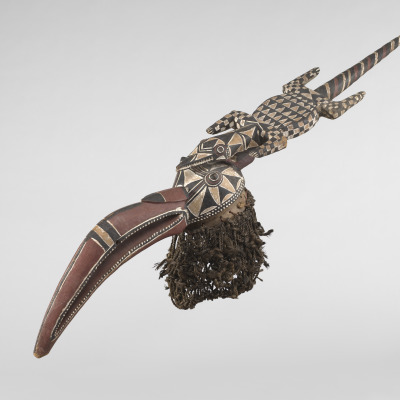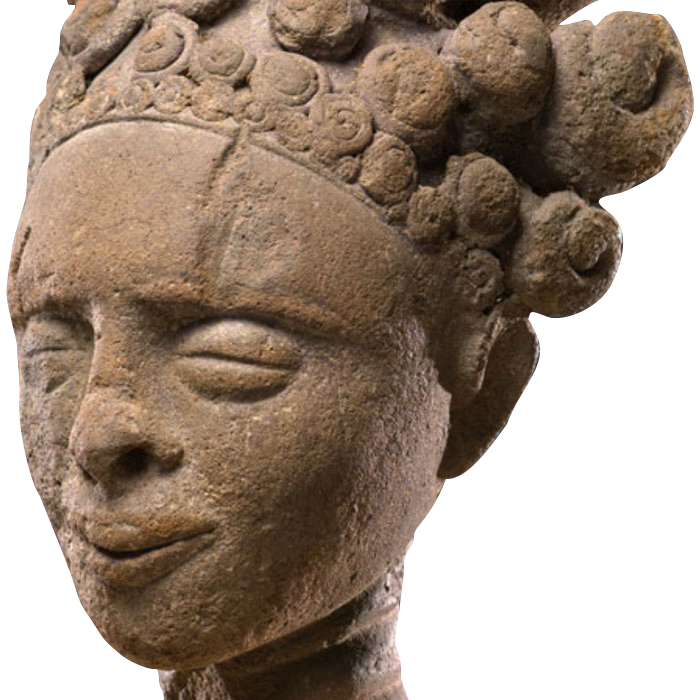
ANDREW W. MELLON FOUNDATION GRANT: CONSERVATION INITIATIVE IN AFRICAN ART
Deepening the understanding of VMFA's African art collection through technical examination
Integrating the work of all conservation scientists and art curators to yield new knowledge
Promoting diversity within museum professions
Beneath the Surface of African Art
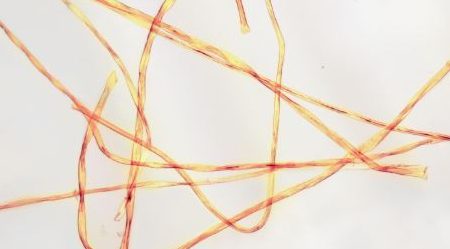
ZULU BEADED ENSEMBLES: MATERIALS ANALYSIS
After the departure of beading expert Hlengi Dube, work continues on the survey of the Zulu ensemble components in order to pair the cultural and structural examination with a scientific materials study. With the insights into the importance of materials choice afforded by this consultation, I sought to characterize as many materials as possible using Fourier Transform Infrared (FTIR) spectroscopy, X-Ray Fluorescence (XRF) spectroscopy, stereomicroscopy, and Polarized Light Microscopy (PLM).
Read More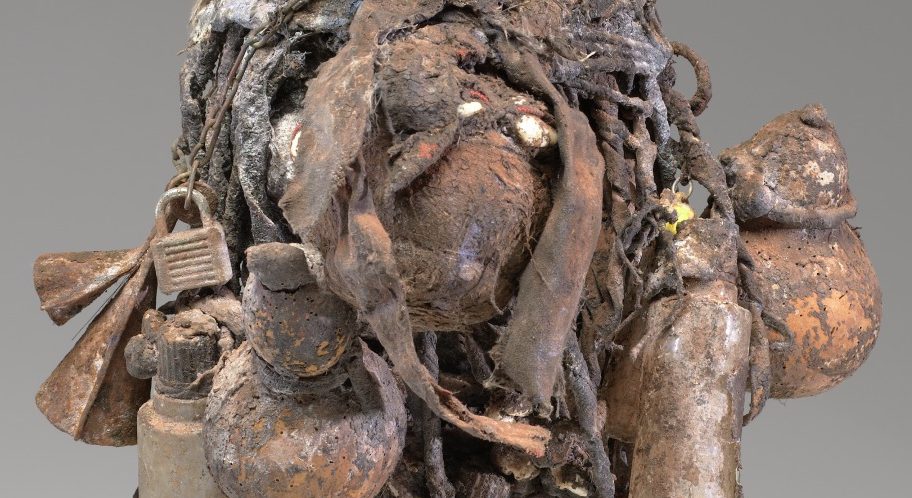
LEATHER, BONE AND BLOOD- PROTEOMICS IN ART CONSERVATION
Historic arts of Africa often incorporate leather, fur, feathers, horn, and other proteinaceous materials, and ritual objects may be coated or anointed with mixtures that may contain blood, spit, or feces. Through the Andrew W. Mellon Foundation-funded Conservation Initiative for African Art, we have been able to collaborate with several scientists including Dr. Kristina Nelson, Director of the Chemical and Proteomic Mass Spectrometry Core Facility at Virginia Commonwealth University, to identify animal species from minute samples of leather, horn, feathers, and bone, and to determine whether blood or other proteinaceous materials are present in mixtures applied as coatings or as ritual libations.
Read More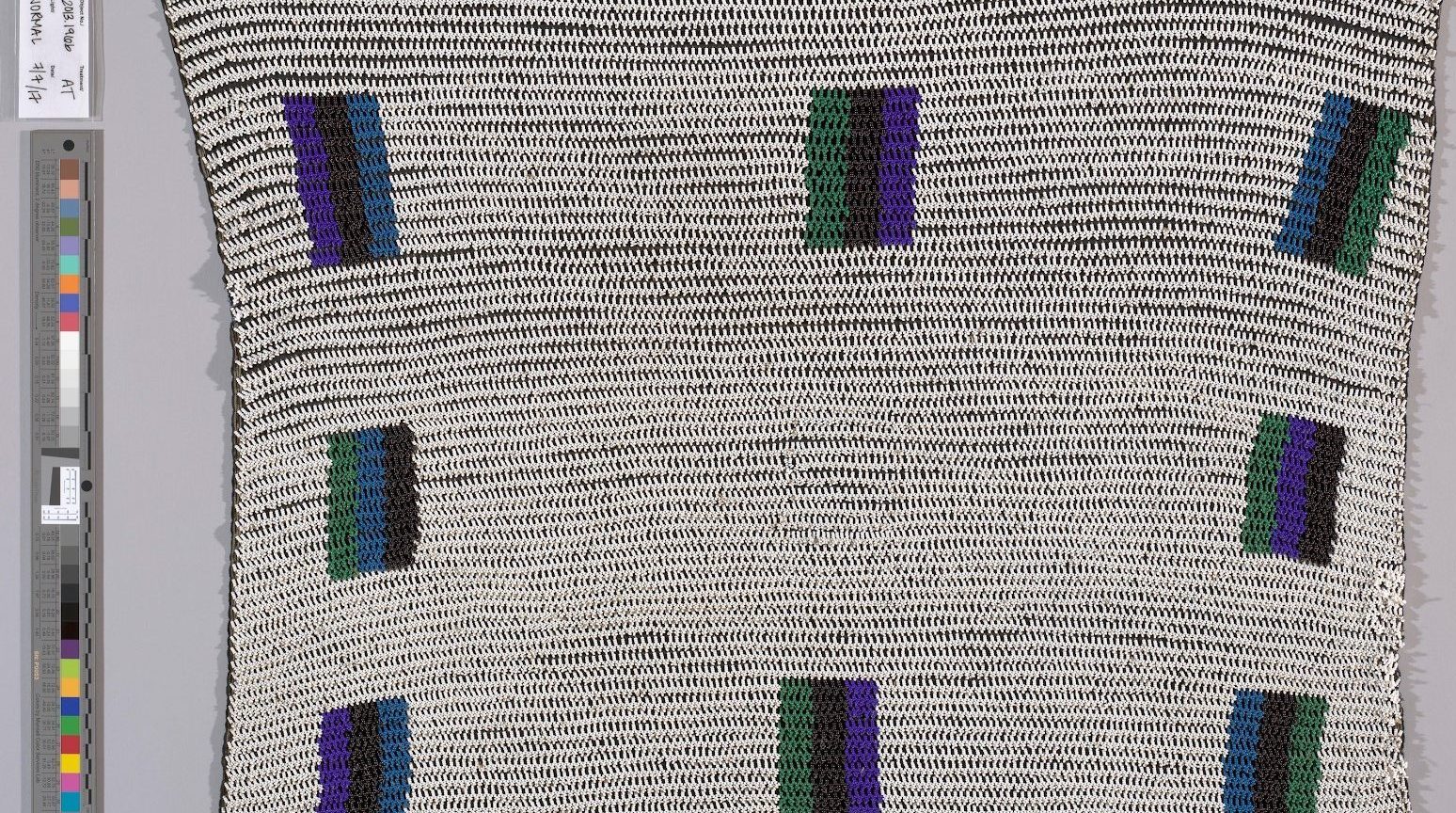
ZULU BEADED ENSEMBLES, AN ORIENTATION
Zulu beadwork is a world-famous and distinctive African-art form, which has a long history in South Africa. Before the mid-eighteenth century most beading material was made of wood, shell, stones, metal, or seeds. Although glass beads had been introduced to the area much earlier by the Venetians, via Portuguese traders, they were rare, very highly prized as demonstration of the wearer’s wealth, and at times a market that was monopolized by the kings of the Zulu Empire.
Read More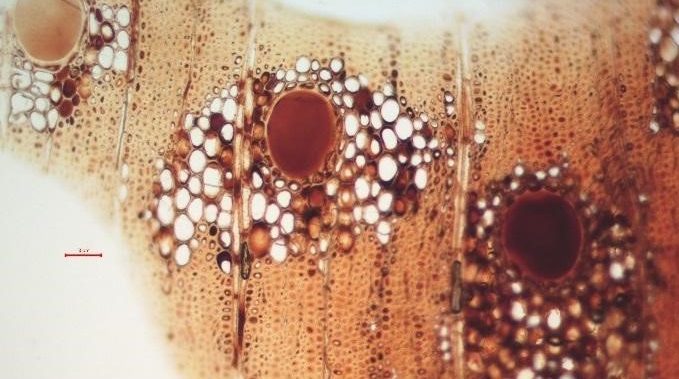
THE IMPORTANCE OF WOOD IDENTIFICATION
Many Historic African objects now in museums were stripped of their cultural context when they were collected. The information we generate through technical analysis with related research conducted by our curatorial colleagues allows us to reconnect the objects to historic practices and cultural knowledge. Knowing the specific wood type may link an object to a community or region. It may have a key spiritual significance, medicinal, or utilitarian value.
Read More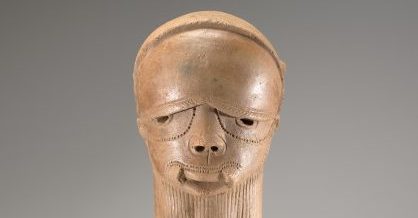
ON THE HISTORICAL CONTEXT OF ANCIENT TERRACOTTAS
While ancient Egypt and Kush are well studied and widely known, far less research has been dedicated to the ancient art and history of the rest of the African continent. Recent discoveries across what today is northern Nigeria have opened new chapters regarding the deep history of this important region.
Read More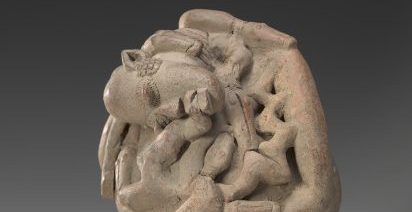
THERMOLUMINESCENCE SAMPLING OF TERRACOTTA SCULPTURES FROM AFRICA
One of the activities of the project for conservation and technical analysis of VMFA’s African art collection was thermoluminescence (TL) dating on a group of terracotta sculptures. This technique determines the last approximate firing date of a ceramic material—helping VMFA conservators accurately date some of the oldest works in the African art collection.
Read More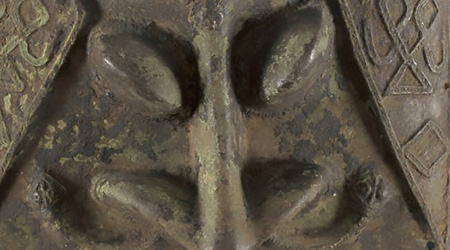
FEATHER IDENTIFICATION WITH DR. CARLA DOVE
We (VMFA conservators Ainslie Harrison and Casey Mallinckrodt) recently travelled to Washington DC with the VMFA’s Yoruba Ogboni Society Plaque (#2000.97) to consult with Dr. Carla Dove in the Feather Identification Lab at the National Museum of Natural History. Dr. Carla Dove generously agreed to take a break from her primary work identifying birds involved in aviation accidents (AKA bird strikes), to sample and evaluate the feathers embedded in the accretions on the Ogboni plaque (check out the amazing work Dr. Dove does on Science Friday!).
Read More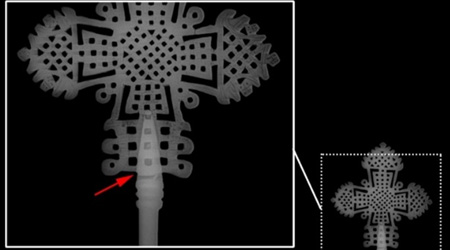
STUDYING AN 18TH CENTURY ETHIOPIAN CROSS
The research on the African Collection being carried out as part of the recently awarded Andrew W. Mellon grant is continuing to produce new insights into the objects in our collection. For example, as part of a comprehensive study of the Ethiopian crosses in our collection, an 18th century hand cross (#2015.319) has undergone a battery of scientific testing to determine its construction and composition. One of the first discoveries during this testing was that the cross is made of an alloy of silver, copper, and zinc– not iron, as was listed in the museum records.
Read MoreProject Details
The Grant
The Andrew W. Mellon Foundation has awarded the Virginia Museum of Fine Arts a $1.5 million grant to support in-depth technical examination, conservation, and art historical studies of the museum’s outstanding African art collection.
Read More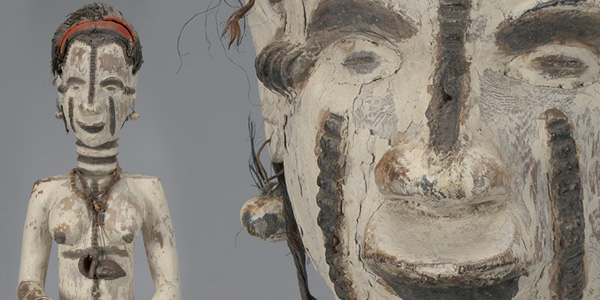
Analytical Techniques
Through the Mellon Grant, VMFA has acquired new scientific equipment that has significantly enhanced the analytical capabilities of the Conservation laboratory.
Explore the Process






